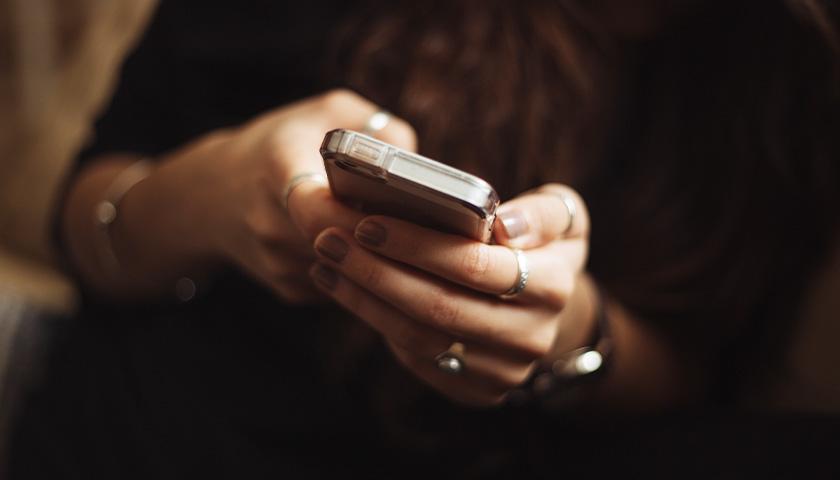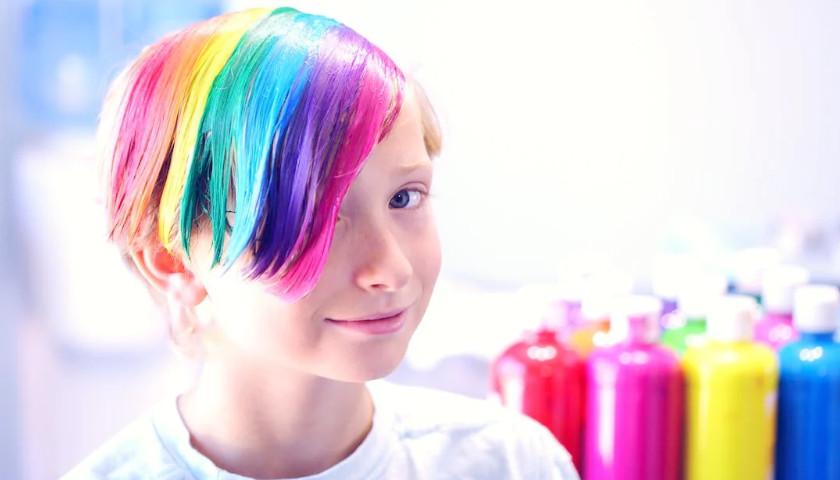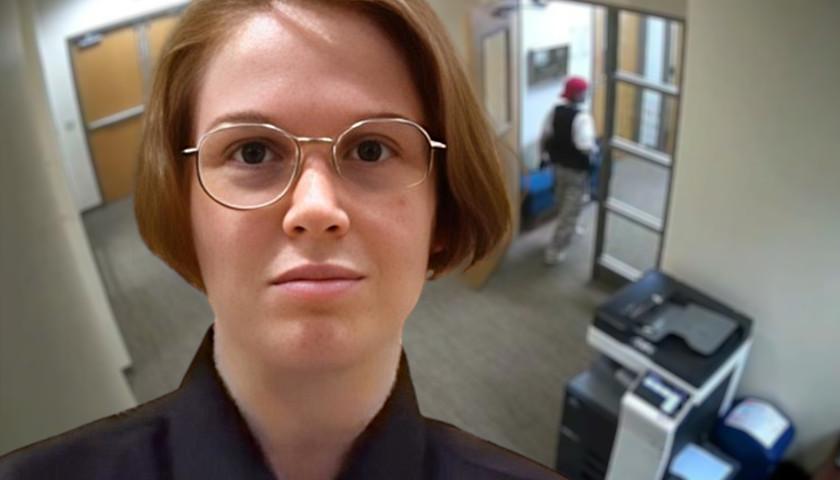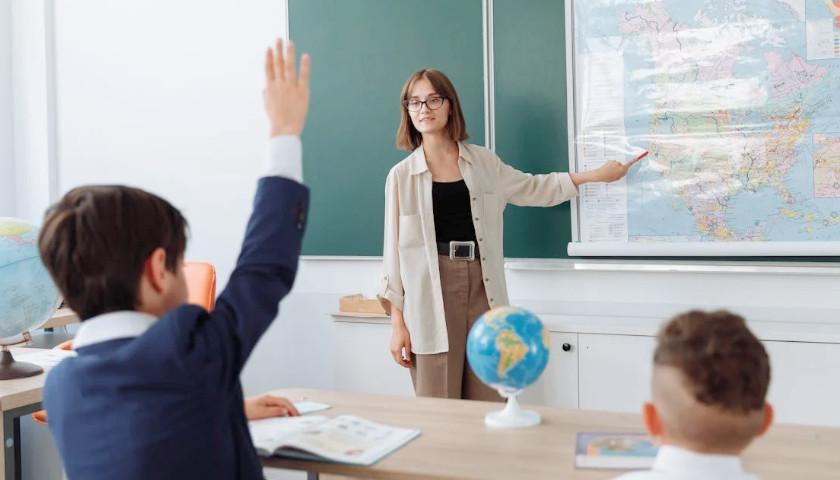by Eric Lendrum
Since the National Suicide Prevention Lifeline (NSPL) underwent a significant makeover during the Chinese Coronavirus pandemic, the new version of the hotline has been swamped with more calls than ever before.
As ABC News reports, part of the NSPL’s reforms included shortening the previous 10-digit number to the much simpler 9-8-8. The program also received an additional $200 million in funding as a result of the American Rescue Plan bill. The changes were made in response to a spike in mental health crises and suicides during the pandemic, when most Americans were forcibly locked down and forced to stay home from school, jobs, and other basic necessities for years.
Following the launch of the new NSPL in July of 2022, there have been over 2 million total calls on the hotline, marking a staggering 45 percent increase from the amount of calls on the prior 10-digit hotline in the same period of time the previous year.
Vibrant Emotional Health (VEH), which has been appointed by the federal government to oversee the rollout of the new line and analyze the subsequent data, also says that the NSPL has responded to over 1 million chats and text messages in the same period. The average wait time has also decreased from about 3 minutes to less than one minute.
However, a majority of states are struggling to make sure that local calls are answered properly with the new line. Unanswered calls automatically roll over to national centers, which are often under-equipped to deal with the needs of local callers.
“This thing we’re doing has never been done,” says Tia Dole, the head 988 officer at VEH. “Is it perfect? No. I think the workforce, with regards to crisis services, has not recovered since [the pandemic].”
As a result, the month of April this year saw a total of about 11,000 missed calls nationwide. Although the federal funding came with a requirement mandating an answer rate of at least 90 percent, the data shows that just 15 states succeeded in meeting this goal.
– – –
Eric Lendrum reports for American Greatness.
Photo “Woman on Phone” by Priscilla Du Preez.






How many of these individuals suffer from FCLS ?